As a new parent, you might think twice about things you thought were safe. People who have babies be careful about using electric heaters or humidifiers. It makes sense to be just as careful when it comes to air purifiers.
Everybody who wants to use air purifiers around babies should read this.
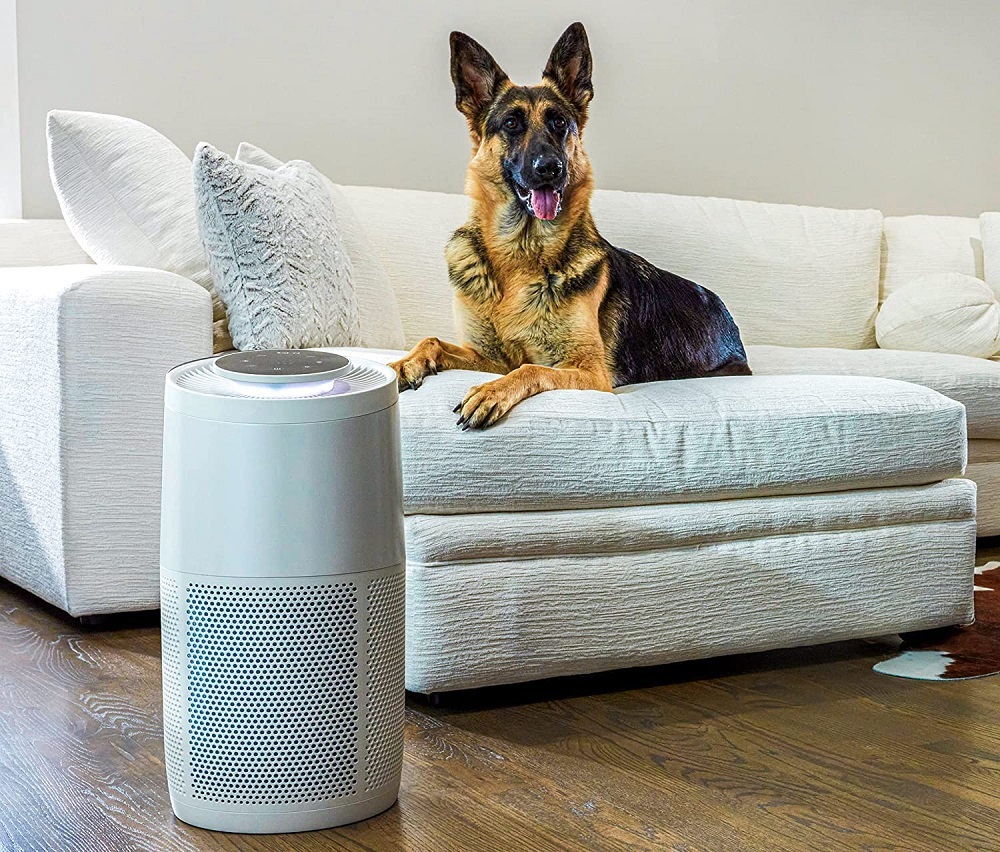
Air Purifiers: What Are They?
Air purifiers are devices that clean the air by capturing small airborne particles. To do this, they take in air, pass it through a series of filters, and then recirculate it back out into the room.
Many people know that the air inside homes can be more polluted than the air outside. This indoor pollution comes from many different things, like pets, mold, cooking equipment, VOCs, and cleaning chemicals.
Air purifiers clean the air in your home by getting rid of pollutants. This could help you protect your child and/or pet if used correctly. Indoor air pollution is especially dangerous for children, so it must be removed as quickly and effectively as possible.
Childhood exposure to common indoor air pollutants can cause a wide range of health problems, including asthma and allergies.
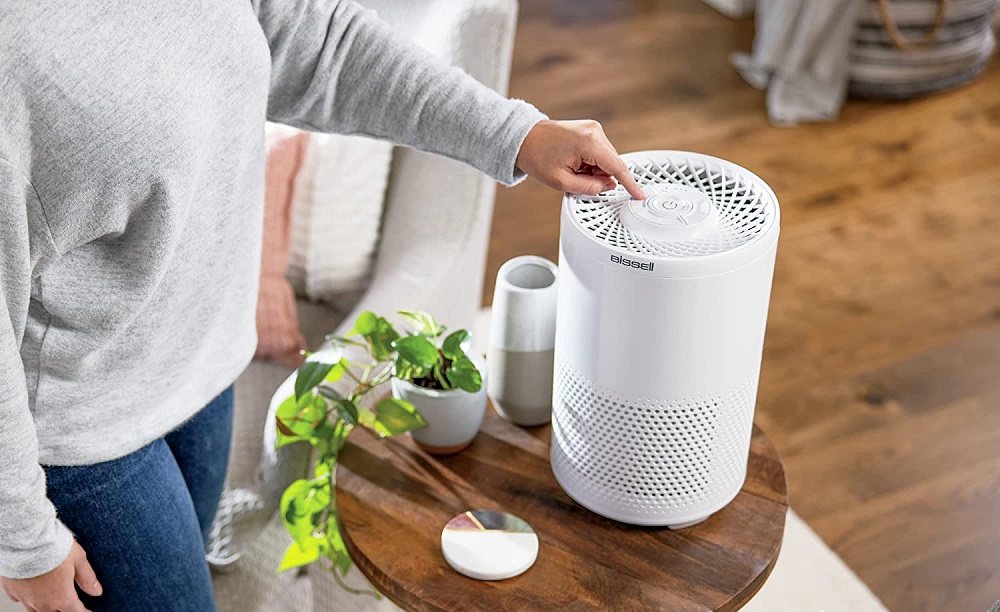
Different Types of Air Purifier Filters
Air purifiers are broken down into three types:
Filter
Filtering air purifiers use filters to remove particles from the air directly. These air purifiers can remove a wide range of allergens and pollutants, depending on the size and rating of the filter.
Electrostatic
The static charge these air purifiers put on particles causes the particles to adhere more effectively to the internal filter. They also make ozone as a byproduct, which is harmful to humans and animals.
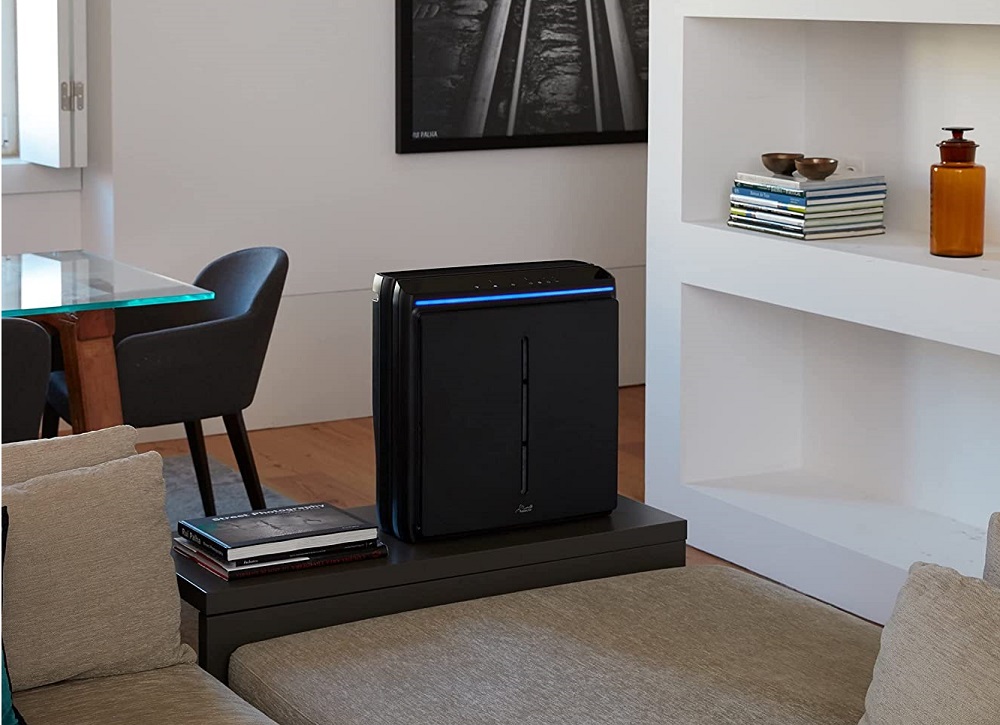
Ozone
There are air purifiers the intentionally release ozone into the air. Ozone can get rid of airborne pollutants more thoroughly, but users should wait several hours before reentering a room to allow the ozone to dissipate.
The most effective air purifiers are those that come with True HEPA Filters, which are designed to capture up to 99.97% of particles as tiny as 0.3 microns. Electronic air purifiers don’t clean the air as well as filters do, and the ozone they make is dangerous. So, everyone with babies and pets should stay away from air purifiers that produce ozone.
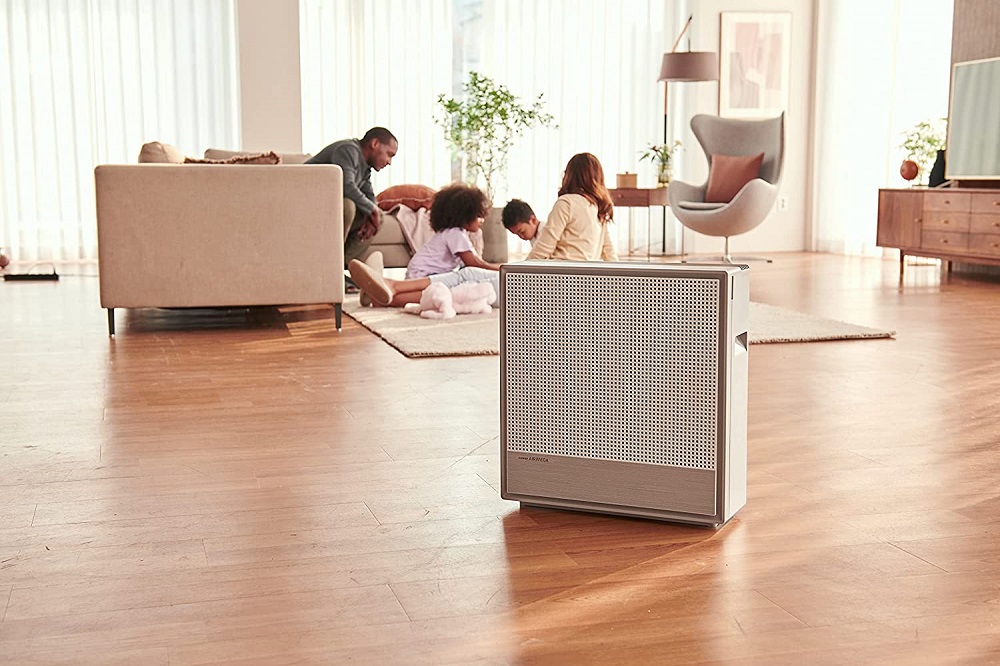
Are Air Purifiers for Safe for Babies and Pets?
Finding a baby-and-pet-safe air purifier can be tricky since there are so many models which serve very different purposes.
In general, parents should opt to get a filtering air purifier over the other kinds. Filtering air purifiers remove pollution from the air, which will benefit you, your baby, and your pet.
Parents should avoid using an air purifier that releases ozone into the air—either as a byproduct or as its primary source of odor and pollution control. Thankfully, these filtration types are typically optional, so you can activate and deactivate these functions at will.
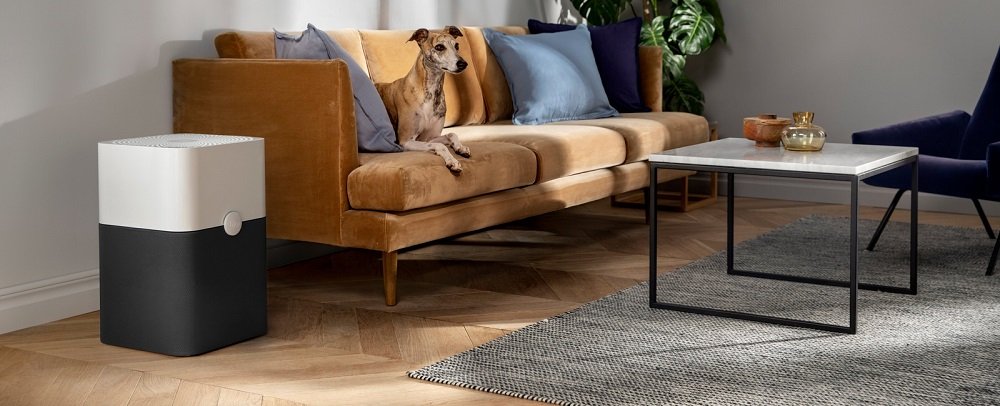
Final Word
New parents don’t have to worry too much about whether an air purifier is safe for their pet or baby. As long as you use a filtering air purifier or one that has optional electrostatic and ozone functions, you and your children and pets can reap the benefits of clean air at home.
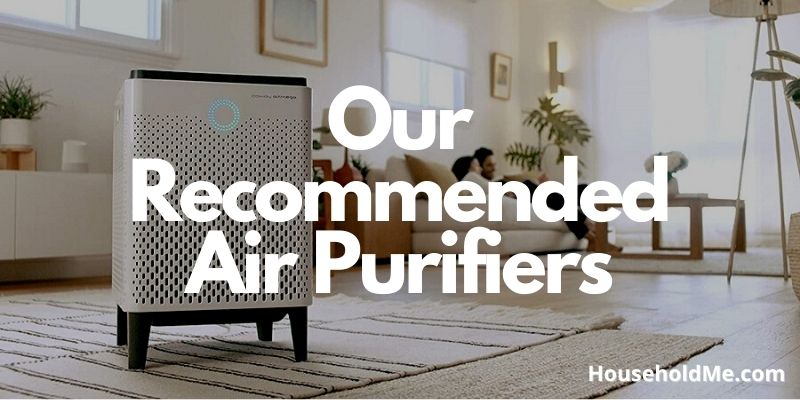
If you have any questions or comments, please add them below in the comment section. Similarly, please let us know if you spot any mistakes or omissions. Thanks!
